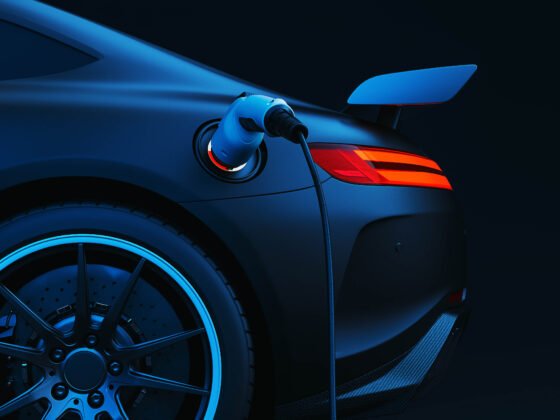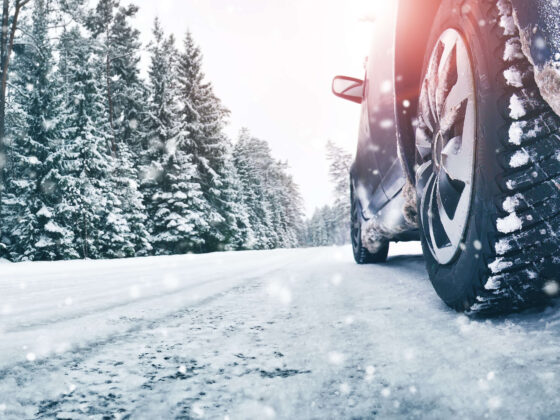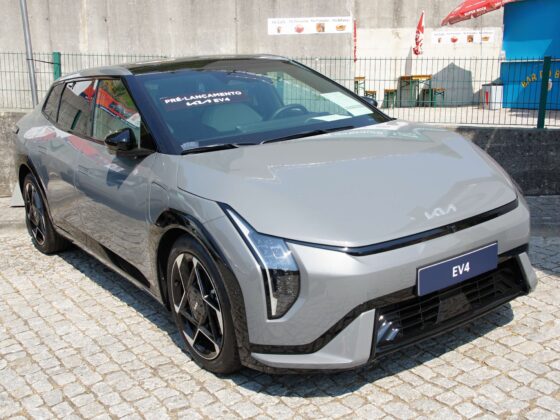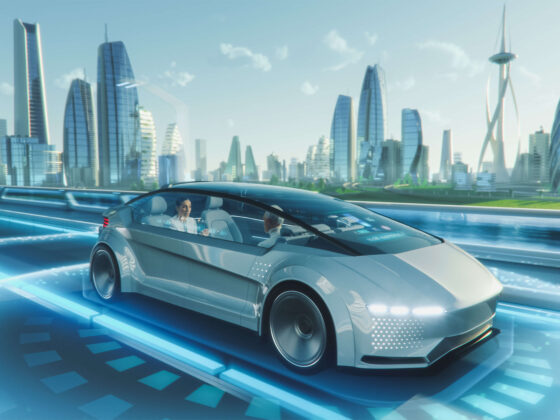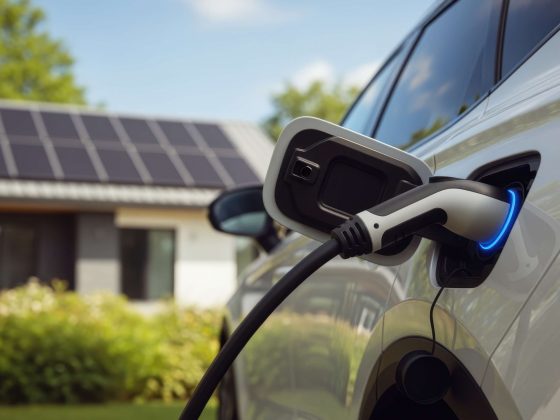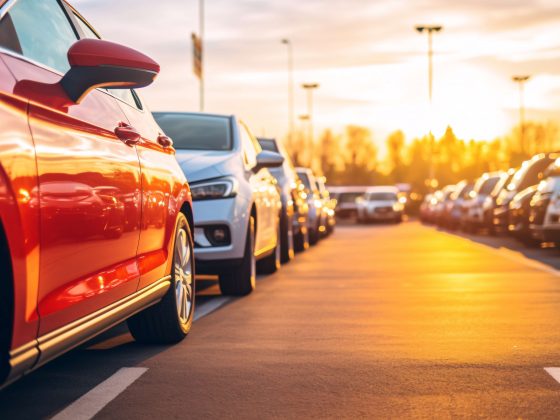The Golden State has claimed many firsts in the world of (vehicle) electrification. California has led the nation in its efforts for cleaner air and less pollution. Calling out that all new cars sold in 2035 and beyond be zero-emissions. Connecticut, Maryland, and New York are some of the states that have joined Californians in the fight against climate change.
Use eTags© to Quickly Complete Your DMV Service. Renewals, Title Transfers and More, All Online!
California EV adoption by 20% in just five years
The Golden State has also grown EV adoption by 20% in just five years, according to Bloomberg News. In fact, California has about 1.4 million EVs on the road, accounting for 40% of all zero-emission sales in the U.S. Now California is claiming yet another first. The “Home to Hollywood” state will require all electric vehicles to have a standardized diagnostic system (known as OBD II in gasoline cars) in 2026.
Standardizing every component to affect emission performance
Just like Tesla’s Supercharger is becoming the industry standard for charging electric cars, this CA legislation will probably too become the new standard for many states. BMW, Ford, GM, Toyota, Volvo, and Rivian have all joined the North American Charging Standard (NACS).
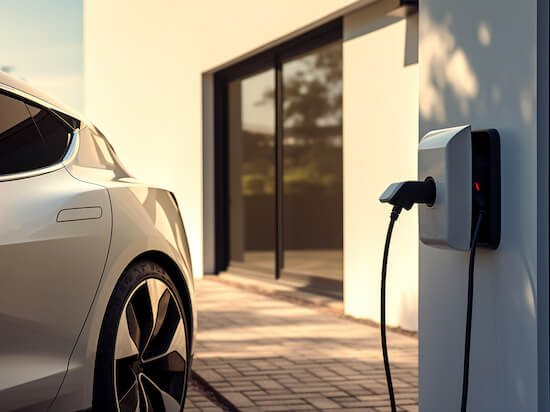
All modern gas-powered vehicles are equipped with an OBD II port for fast and convenient diagnostics. The second generation of on-board self-diagnostic equipment monitors almost every component that can affect emission performance. All 1996 and newer model year gas and alternate fuel cars and trucks are required to have OBD II systems.
In California, technicians are required to perform an OBD II check (visual and functional) during the smog check inspection. The OBD2 allows for increased access to more standardized error codes.
SEE ALSO: 2023 STATUS OF ELECTRIFICATION IN THE US/HYBRIDS VS. EVS
What is OBD II
The OBD II systems are self-diagnostic systems incorporated into the computers of vehicles. The on-board diagnostic system, typically located under the steering wheel includes four categories. Car diagnostics like your car needs an oil change. Car maintenance if you must change brakes or register your battery. Car coding if you’d like to disable start-stop button. And finally, used car check for specific car mileage. But the OBD II standard is just for ICE vehicles, as of now. Cali is looking to change that!
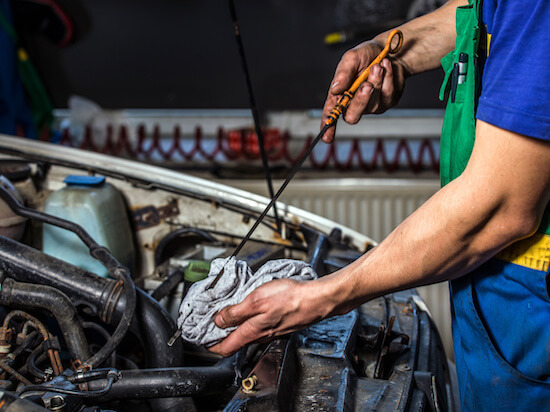
By 2026, California will require automakers to phase in a standard EV OBD II
OBD II ports became the standard nationwide and then in Europe from 2001. Then it became mandatory in Australia and New Zealand from 2006. By 2026, California legislation will require automakers to phase in a standard EV diagnostic system (OBD II) as part of the state’s Advanced Clean Cars II program.
The Golden State standard will also work for plug-in hybrid and hydrogen fuel-cell vehicles. Californian legislation insists the onboard diagnostics system must include every part of an electric vehicle’s powertrain, its battery pack, power electronics, charging system, and thermal systems.
Regulations will require EVs, PHEVs, and FCV to display some battery data on a menu in the vehicle. So from 2026, independent mechanic and car repair shops servicing electric vehicles will have access to a standardized diagnostics system to identify faults in electric motors, batteries and charging plugs without specialist tools.
The new diagnostic standard will cover all parts of EV’s drive system
Right now, there’s no standardized diagnostic program or connector compatible with all electric vehicles, forcing independent mechanics and repair shops to buy multiple pieces of hardware and software. According to Automotive News, the new diagnostic standard will cover all parts of EV’s drive system: from its battery pack and charging components, to electric motors and thermal management systems.
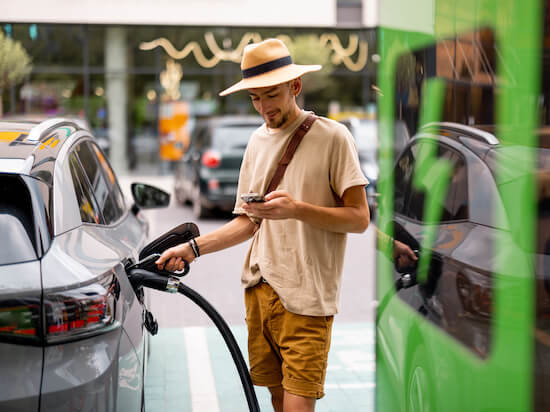
50% of the total emissions from late-model vehicles are excess emissions
California will too (by 2026) require car manufacturers to display an EV’s battery health data on a menu in the infotainment system, instead of demanding car owners to have their vehicles scanned for the information.
According to California Air Resources Board, Studies estimate that approximately 50% of the total emissions from late-model vehicles are excess emissions. They’re the result of emission-related malfunctions. OBD II works to ensure that the vehicles remain as clean as possible over their entire life on the road.
If you have an electric vehicle to title or register, skip the line and go online with eTags.

